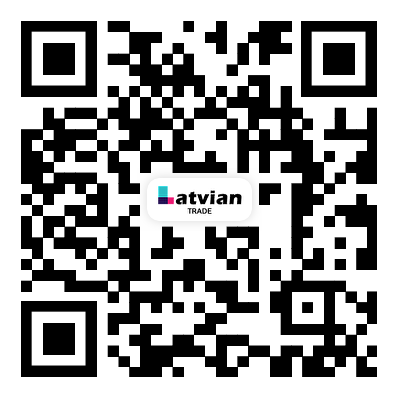What is the common knowledge of first aid?
2024-02-23
Common knowledge of first aid refers to basic medical procedures and techniques that individuals can use to provide immediate care and assistance to someone who is injured or experiencing a medical emergency. While first aid knowledge may vary depending on individual training and experience, some fundamental principles and practices are universally recognized. Here are some common aspects of first aid:
1. Assessment and Response:
- Assess the scene for safety before providing assistance.
- Check for responsiveness by tapping the person's shoulder and asking loudly if they are okay.
- Call for emergency medical help (911 or local emergency services) if needed.
- Check the person's airway, breathing, and circulation (ABCs).
2. Cardiopulmonary Resuscitation (CPR):
- Perform CPR if the person is unresponsive and not breathing normally.
- Provide chest compressions at a rate of 100-120 compressions per minute.
- Combine chest compressions with rescue breaths in a ratio of 30 compressions to 2 breaths.
- Use an automated external defibrillator (AED) if available and follow the prompts.
3. Choking:
- Perform abdominal thrusts (Heimlich maneuver) if the person is conscious and choking.
- Encourage the person to cough forcefully to expel the obstruction.
4. Bleeding and Wound Care:
- Apply direct pressure to the wound using a clean cloth or bandage to control bleeding.
- Elevate the injured limb above the level of the heart if possible.
- Apply a sterile dressing and bandage to cover the wound and prevent contamination.
5. Shock:
- Recognize the signs of shock, including pale or clammy skin, rapid pulse, and shallow breathing.
- Help the person lie down with their legs elevated, if possible.
- Keep the person warm and reassure them until medical help arrives.
6. Burns:
- Cool minor burns with cool, running water for several minutes to alleviate pain and reduce swelling.
- Cover the burn with a clean, sterile dressing or non-adhesive bandage.
- Seek medical attention for severe burns, chemical burns, or burns involving the face, hands, feet, or genitalia.
7. Fractures and Sprains:
- Immobilize the injured limb using a splint or improvised materials (such as a folded newspaper or cardboard).
- Apply ice or a cold pack to reduce swelling and alleviate pain.
- Seek medical attention for suspected fractures or dislocations.
8. Poisoning:
- Call the poison control center (1-800-222-1222) or emergency medical services immediately.
- Provide information about the type of poison, the person's age and weight, and any symptoms they are experiencing.
- Do not induce vomiting unless instructed by medical professionals.
9. Heat and Cold Emergencies:
- Move the person to a cooler environment and encourage them to rest and hydrate if they are experiencing heat exhaustion or heatstroke.
- Keep the person warm and dry if they are experiencing hypothermia or frostbite, and seek medical attention promptly.
10. Basic First Aid Kit:
- Carry a basic first aid kit containing essential supplies such as adhesive bandages, gauze pads, adhesive tape, antiseptic wipes, scissors, tweezers, disposable gloves, and a CPR mask or face shield.
While these are some fundamental principles of first aid, it's important to note that formal training and certification in first aid and CPR can provide individuals with more comprehensive knowledge and skills to respond effectively to a wide range of medical emergencies.


